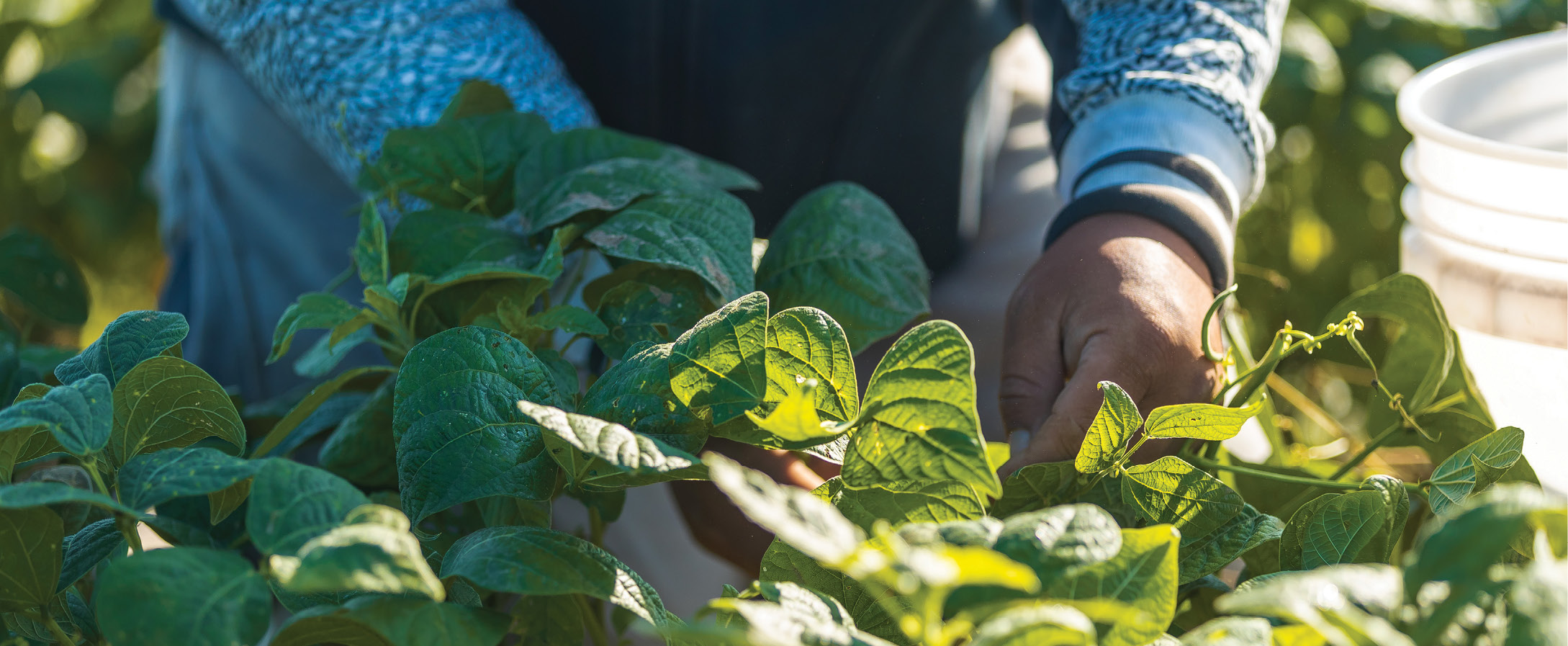Health & Wellness: Cultural Resilience Through Farming
Growing food is not just a skillset that is passed down for generations, it's a way of life.
Vang Lee wasn’t always sure he wanted to be a farmer; in spite of (or maybe because of) the fact that he comes from a long line of them. Yet each spring he finds himself working the land alongside his mother. Through the summer and fall they cultivate a wide diversity of fruits and vegetables to sell at local markets.
When Vang’s mother, Ying Vang Lee, decided to turn her longtime cultural practice of growing food to feed her family into a business, she convinced her son who had once helped her in the garden as a child to come back home to Milwaukee. Now, the Lee Farm is one of many celebrated vendors found each year at the Fondy Farmers Market on Milwaukee’s Northside. Vang’s initial lack of desire to adopt the farming practice was complicated by his family’s extraordinary struggles to get to Wisconsin. In 1975, Ying packed all the possessions she could carry into her traditional Hmong harvest basket and fled with her family to safety. After a harrowing journey lasting seven months, they escaped from the violence of the Viet Cong while battling starvation. Ying, her husband Nao Ying Lee and their extended family found refuge in Thailand. A few years later, the United States welcomed the Lee family, along with many thousands of Hmong refugees. Vang Lee was born soon after they arrived on American soil.
Vang believes his parents chose to settle in Wisconsin because of its high-quality farmland. Agricultural heritage runs deep in the Hmong-American community. Growing food is not just a skillset that has been passed down for generations, it’s a way of life. Talking about the Fondy Farm at Mequon Nature Preserve, Vang says, “There’s no place like the farm…friendship, exercise, health, good food, nature. All five in one package.”
The concept that farming contributes to a long and healthy life is deeply rooted in the Hmong farming community; building physical strength and providing good nutrition. In the fields, Vang snacks on sugar snap peas, green beans, cherry tomatoes, ground cherries, strawberries, raspberries and cucumbers. Farmers incorporate their home-grown bounty like bitter eggplants, zaub (greens), taub hau (squash) and Hmong corn into almost every meal. This way of life isn’t just a well-kept Hmong secret, “Farming together can maximize [a] family’s health. It provides the freshest possible produce with the least amount of chemicals and also fosters strong relationships,” says Tracey Brand, a dietitian with Froedtert & the Medical College of Wisconsin health network.
In addition to the good nutrition and physical activity that farming provides, for the Hmong-American community, farming is a source of cultural resilience, continuing on traditional foodways. These foodways started centuries ago and many thousands of miles away, yet are still practiced within Milwaukee’s Hmong community and shared with very fortunate friends, neighbors and customers.



